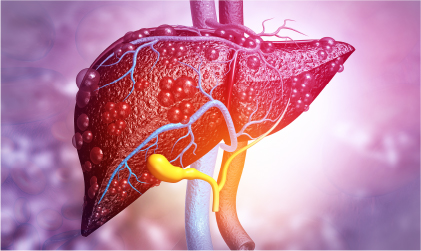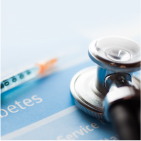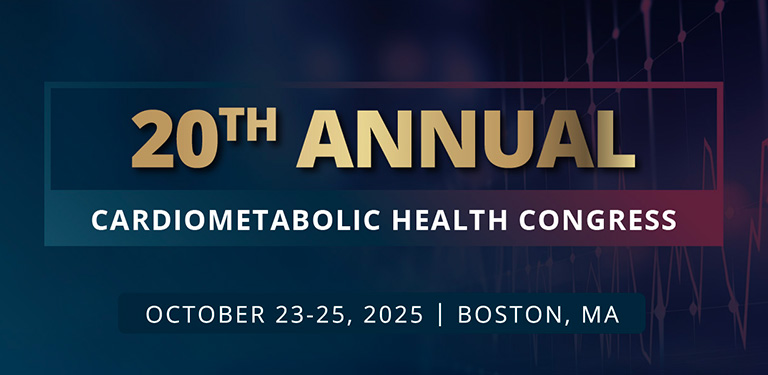It is also important to note that a liver biopsy will not represent the whole liver and it is critical to obtain as sizeable a specimen as possible. The impact of sampling quantity and variability can significantly affect the assessment, e.g., Ratizu et al.14 illustrated how often a diagnosis can be missed if you have too little specimen. In 24% and 35% of cases hepatocyte ballooning and bridging fibrosis, respectively, were missed as a result of insufficient sample.
Cardiometabolic Chronicle: What is being done to better identify patients and overcome challenges associated with liver biopsies?
Dr. Roche: Several groups are trying to address this by creating clinical diagnostic tools, including imaging solutions, that are less invasive and of comparable clinical accuracy thus eliminating the need for liver biopsy. While there are promising candidates on the horizon such a tool does not yet exist. As such, liver biopsies for phase 2b trials and up are still required as these remain to be the gold standard method of NASH diagnosis.12








